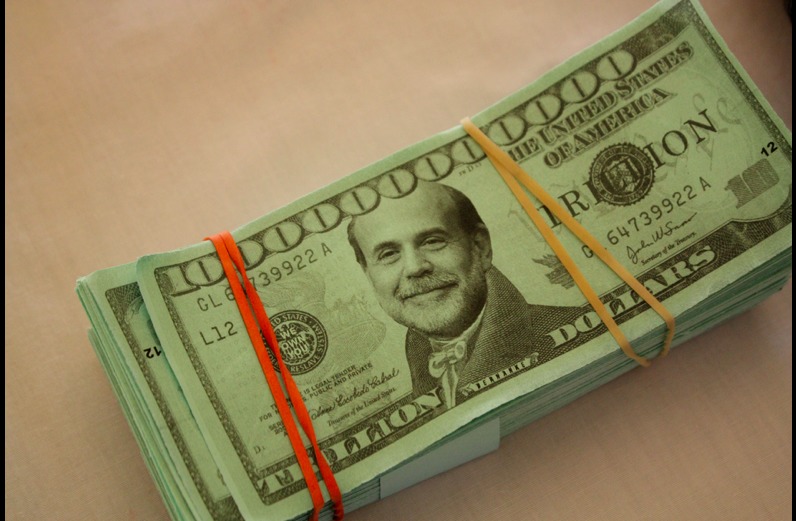Oil prices continued to slide in October. Brent crude futures fell below $85 per barrel after trading as high as $115 in June, even as the risks of disruptions to the oil supply seemed unlikely.
Despite the hammering oil prices have taken in the last five months, it is unlikely that OPEC will cut production in my opinion.

Industry outlook
As OPEC’s oil production costs are relatively low, only half of shale output, the companies that operate in shale production may suffer more if the price remains low due to weak demand.
Such industries as construction, chemicals, machinery, steel, mining and utility stocks have a positive coefficient with the oil price growth, according to my research.
That’s a fancy way of saying these industries are sensitive to price swings in oil.
Information technology stocks are neutral to the effect of the oil price.
Many other sectors (autos, banks, building materials, food, household goods and retail) have a negative coefficient on the oil price change. In other words, in the long run lower energy costs are a plus.
Lower costs
Retail stocks may get a special boost. Lower heating and transport costs affect household disposable income in a favorable way by increasing demand for consumer goods.
Moreover, lower transport costs are favorable for retail stocks with tight profit margins.
Looking ahead, if global slowdown deepens, it is important for US consumer spending to be a pillar of economic growth given that the strengthening dollar may hurt exports.
Global Outlook
Last month has seen a big jump in the CBOE volatility index (VIX) almost doubling its September values alongside the market sell-off in the first half of October.
Recently the index has fallen but it still remains above its September level. Other than the usual geopolitical risks and Ebola pandemic, signs of a global economic slowdown have rattled the markets.
In the Eurozone, manufacturing activity has expanded very slowly.
Very low inflation (.4%), sluggish expansion in Germany and contractions in France and Italy indicate that the measures taken by European Central Bank are unlikely to be effective in reviving the regional economy.
In my opinion, the ECB may need to announce broader-based asset purchases, which include government bonds. In other words, expect a full-blown quantitative-easing program until the first quarter of 2015.
Such an announcement would likely to cause further weakening of Euro.
China
In Asia, the Chinese economy continues to lose momentum with signs of a slowdown in the service and property sectors.
As export demand loses steam because of weak growth in Europe and Japan, it is questionable if the goal of annual Chinese GDP growth of 7.5% is attainable.
In Japan, the Bank of Japan expanded it monetary stimulus causing further depreciation of yen.
The US economy has been so far not negatively affected with the global weakening of economic fundamentals: the US real GDP increased at an annual rate of 3.5% in the third quarter of 2014.
Consumer spending has grown 2.3% year on year. Drops in imports and higher defense spending have helped to boost the current quarter’s growth.
After the Federal Reserve wound up its bond-buying program,the US dollar surged against major currencies, reaching seven-year highs against the yen and a two-year high against the euro.
The rise in the value of the dollar was accompanied by falling in commodity prices. Gold and silver sank to their lowest level since 2010.
Portfolio performance
In October, I did not make any changes to the Long Only Sector Rotation portfolio and preferred to ride out the market volatility. I also do not have a big exposure to oil stocks.
Photo Credit: mhlradio via Flickr Creative Commons
DISCLAIMER: The reader should not assume that any investments identified were or will be profitable or that any investment recommendations or investment decisions we make in the future will be profitable. Past performance is no guarantee of future results.



